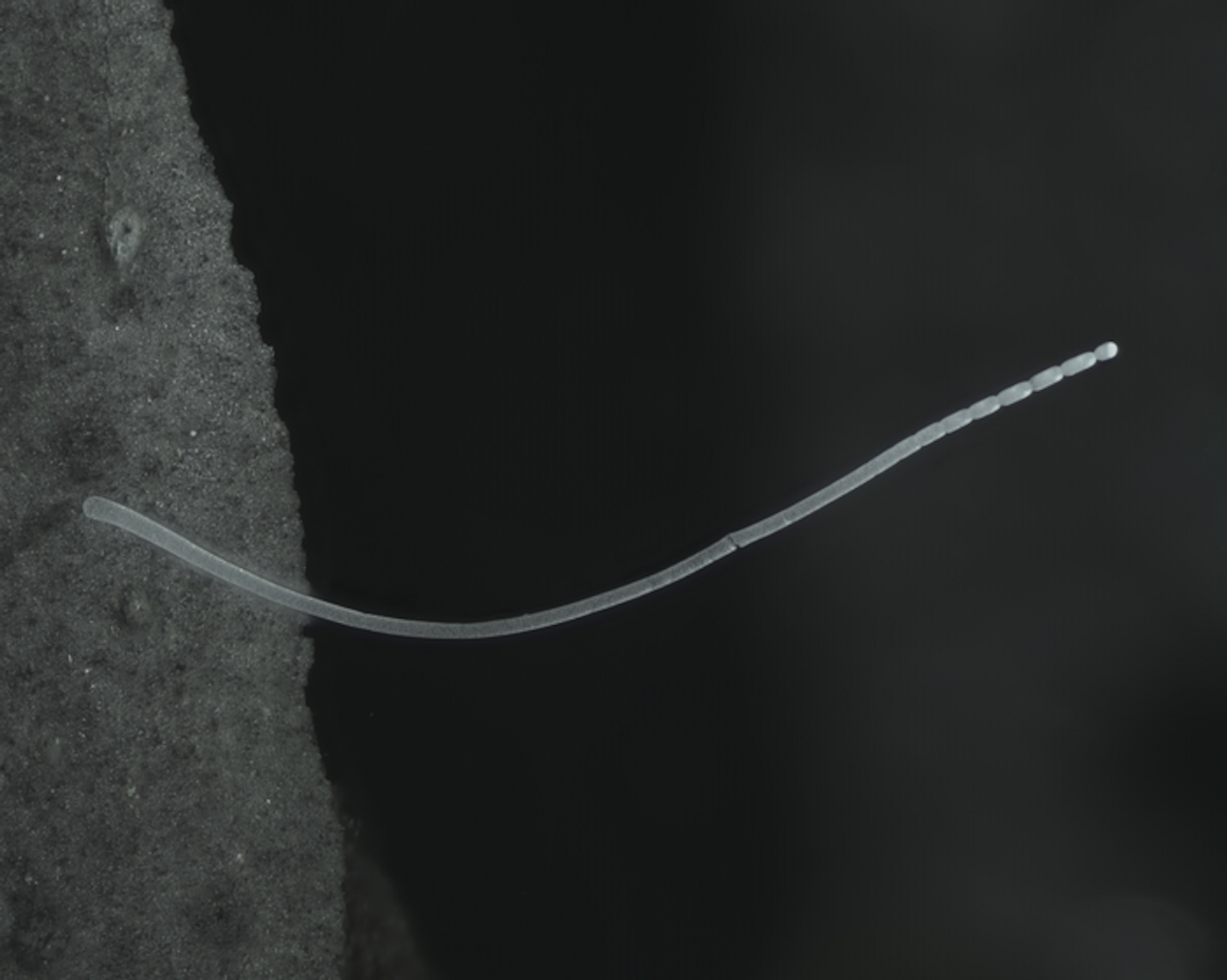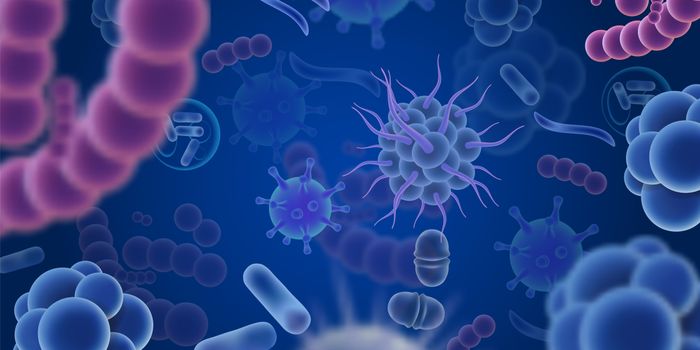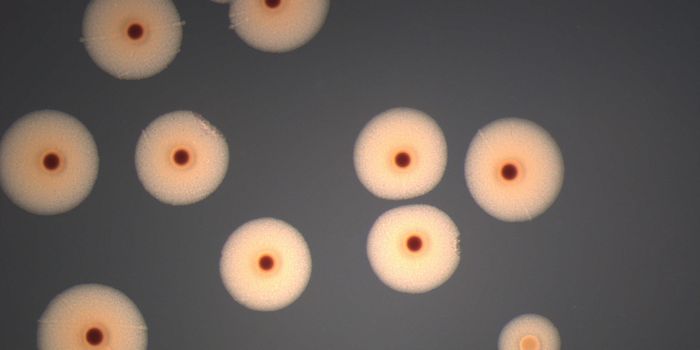Giant Bacterium Challenges Our View of Microbes
Microorganisms are everywhere in our world, and they come in all kinds of shapes and sizes. But it's been generally thought that bacterial cells are too small to see. In recent years, however, scientists have identified some surprisingly large bacterial cells. Now researchers have announced the discovery of the largest bacterial cell ever identified - a thin, thread-like bacterium they call Candidatus Thiomargarita magnifica, which can grow to be a centimeter in size. The findings have been reported in Science.
Most bacterial cells are around 2 micrometers, though some huge cells about 750 micrometers in size have been discovered. Ca. Thiomargarita magnifica is over 9000 micrometers long.
“It’s 5,000 times bigger than most bacteria. To put it into context, it would be like a human encountering another human as tall as Mount Everest,” said co-first study author Jean-Marie Volland, a researcher with appointments at the U.S. Department of Energy (DOE) Joint Genome Institute (JGI) and other organizations.
Marine biology professor Olivier Gros of the Université des Antilles in Guadeloupe found the species in 2009. He was curious about these strange-looking, white filaments he came across in mangrove swamps. As researchers studied samples of them over the next few years, they learned that it was a type of prokaryotic organism that could oxidize sulfur.
Co-first study author Silvina Gonzalez-Rizzo, an associate professor at the Université des Antilles, sequenced the 16S rRNA gene from Ca. Thiomargarita magnifica to classify it. “I thought they were eukaryotes; I didn’t think they were bacteria because they were so big with seemingly a lot of filaments,” she noted. “We realized they were unique because it looked like a single cell. The fact that they were a ‘macro’ microbe was fascinating!”
Mangroves perform an essential function in our environment; though they only take up about one percent of coastal areas around the world, ".. they contribute ten to fifteen percent of the carbon stored in coastal sediments,” said study co-author Tanja Woyke, PhD of the JGI. The researchers were interested in learning more about symbionts that might be present in sulfur-oxidizing bacteria, and the microbial interactions that take place in mangrove swamps. “Yet the project took us into a very different direction,” she added.
X-ray tomography was used to confirm that the specimens, which were up to 9.66 mm long, were individual cells and not filaments made up of multiple cells. With confocal microscopy and other tools, the researchers saw that there were compartments in the cells that held DNA clusters.
Volland added that there were " .. three times more genes than most bacteria and hundreds of thousands of genome copies .. " spread around the whole cell.
Single-cell genomics was also performed on a handful of the cells to demonstrate that they were active in their entirety.









